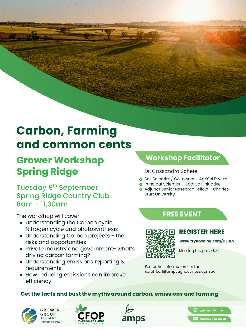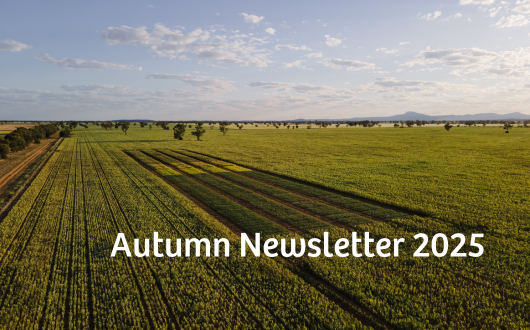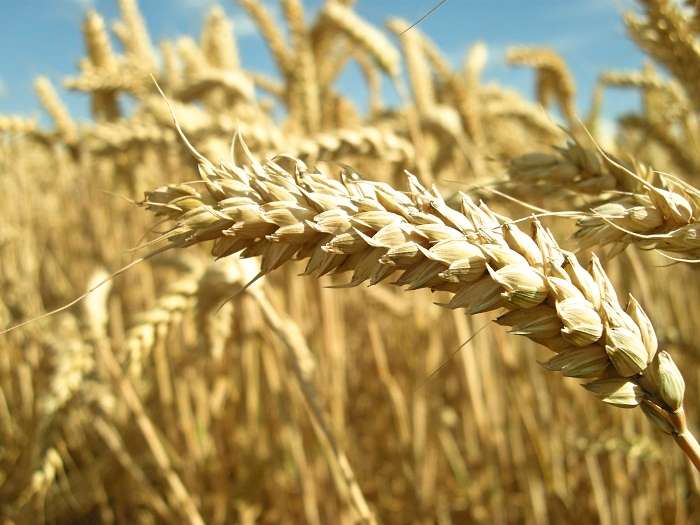June 14, 2018
Introduction
In 2008, many growers from irrigated farms in the northern region decided to take advantage of high wheat prices of over $400 per tonne, sowing large areas of irrigated wheat with the aim of fully irrigating the crop and producing yields of 7 or 8 t/ha. Unfortunately, widespread lodging at the end of that season caused large yield losses, which were conservatively estimated to have cost the industry more than $20 million in lost production.
At that time, little was known about growing irrigated wheat in the northern region. The GRDC (Grains Research and Development Corporation) subsequently invested in research with the CSIRO and several other collaborators, most recently through the ‘Better Irrigated Wheat Agronomy’ project led by CSIRO.
This booklet summarises the key findings from the Better Irrigated Wheat Agronomy project conducted from July 2012 to June 2017, in order to update best practice guidelines for growers wanting to grow irrigated wheat in the northern region. Recommendations are provided for whole-farm irrigation scheduling, agronomy to avoid lodging, the best varieties for irrigation, effective nitrogen application strategies and general agronomic techniques. The guide is intended to be read as a companion to a pre-existing publication ‘Irrigated Wheat – Best Practice Guidelines In Cotton Farming Systems’ (see reference #6 under ‘Further Reading’ on page 48). That publication covered topics such as disease management, irrigation scheduling for individual paddocks and establishing crops in cotton rotations. Readers may also benefit from consulting the ‘Waterpak’ manual for a broader understanding of irrigation practices (see reference #7 under ‘Further Reading’ on page 48).
When reading this guide, it is important to understand that growers wanting to try new techniques or varieties should do so on a small scale first, to ensure new techniques work for their specific situation. The results from our trials may not apply to all individual farms due to seasonal and locational variation (i.e. farm management requirements, available moisture, crop rotational history etc.). Additionally, readers should be aware that these recommendations have been developed specifically for vertosol soil types and farms within the ‘old’ GRDC northern region (Queensland and northern NSW), and may not be applicable to other soil types or regions.
Readers who would like clarification on the information in this booklet are welcome to contact the project leader, Dr Allan Peake (CSIRO) whose contact details are listed at the back of the booklet. We hope that this guide is helpful to you, and we wish you good luck with your next irrigated wheat crop.
To see the full article visit the GRDC website here.


Carbon, Farming & common cents - Workshop series
August 20, 2025
AMPS Research will be delivering a series of workshops to get the facts and bust the myths around carbon, emissions and farming. Workshops will be facilitated by Dr. Cassandra Schefe, Principal soil scientist, Cool Soils Initiative

RESEARCH
Bringing Smarter Risk Management to Our Region: AMPS & the RiskWi$e Program
May 20, 2025

AMPS Autumn 2025 Newsletter: Seasonal Insights, Trial Updates & Key Opportunities
April 16, 2025
From floods to full soil profiles, it’s a season of extremes.

